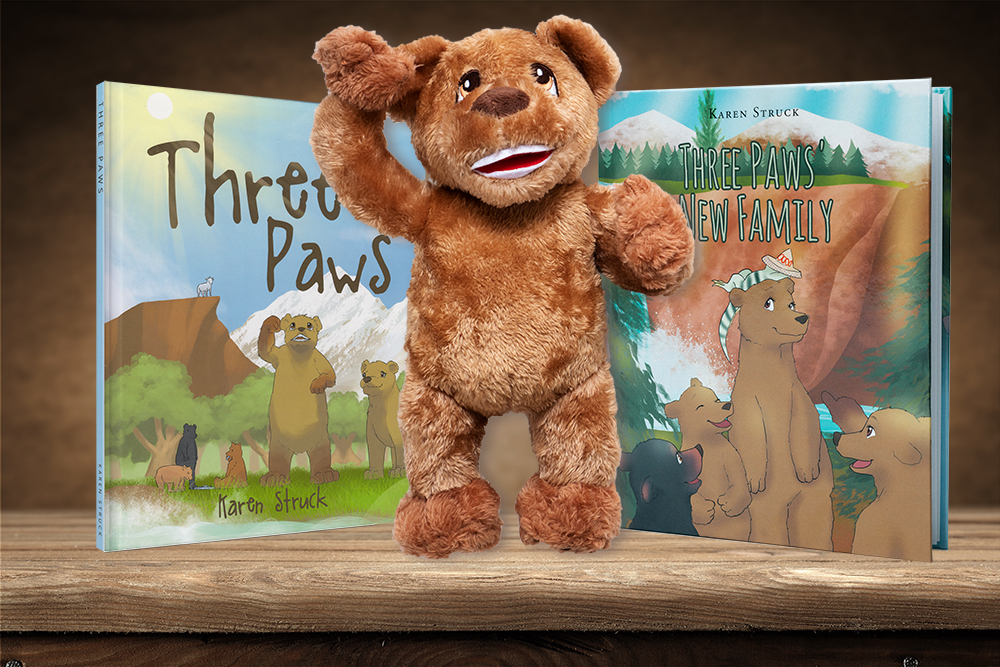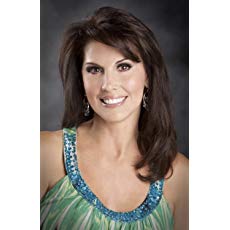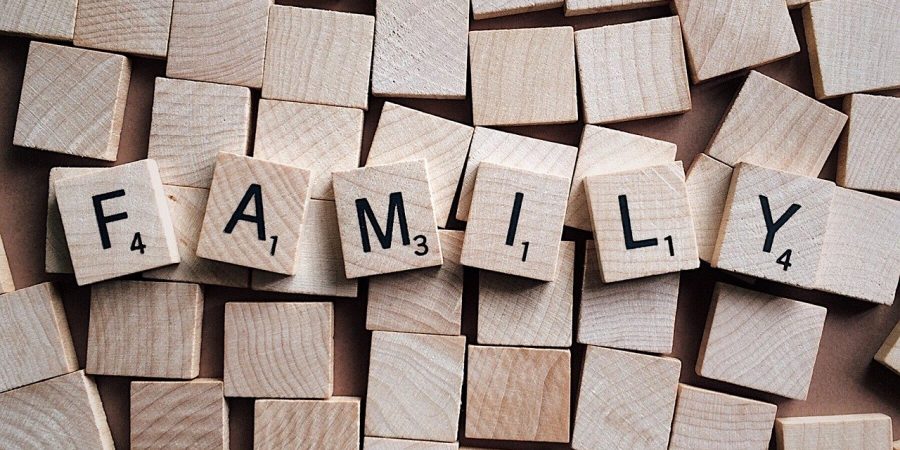Guest post by author Karen Struck
What does family mean to you? Today’s definition of family means something different to each and every one of us. My favorite definition of family is quoted by an unknown author: “Family isn’t always blood. It’s the people in your life who want you in theirs; the ones who accept you for who you are. The ones who would do anything to see you smile and who love you no matter what.” Family also represents past, current and future generations. In a broader sense, family can extend to a society or even to the human race.
Today’s families embrace a variety of family types:
- The nuclear or traditional family consists of two parents and their children.
- Single-parent families are more common today due to a rise in divorce.
- Extended and blended families include families brought together through remarriage where each partner has children from a previous marriage but are blended during remarriage to new partners. Extended families live together for social support and may extend to aunts, uncles, or grandparents all living under the same roof.
- Adoption is another aspect of family life and a blessing to both the adopted child and their adoptive parents.
- Informal families form a supportive network of like-minded people sharing common interests, beliefs, and respect for one another.
- Childless families are quite common and even though these couples do not have children, many consider their pets as family members and enjoy the happiness of unconditional love offered by the benefits of owning and caring for a pet.
I have experienced a variety of family types in my own life. My biological parents divorced when I was very young. When my father remarried, my new mother legally adopted my brother and me. I am eternally grateful for the role she played in positively shaping my life. I, too, have experienced divorce and became a single parent when my daughter was sixteen. I remarried four years ago and now my daughter is part of a blended family through remarriage. I also love my two stepchildren, and my daughter loves being a part of our blended family. Being an only child, she appreciates and enjoys the company of her stepsiblings.
During our first Christmas as a blended family, my daughter shared her happiness while opening Christmas presents right beside her stepsiblings. They are all in their twenties and have similar interests, enjoy the same jokes, and find endless entertainment in mocking their parents. All in good fun, of course! Later that evening she said, most enthusiastically, “Mom, this has been the best Christmas ever!” That one statement warmed my heart.
Books that teach children about different types of families
As a new children’s book author, I now have two published children’s books: Three Paws and Three Paws’ New Family. In book one, Three Paws, my main character Boots, a three-pawed grizzly bear cub, and his sister, Chinook, form a family with their biological mother. Because Mother Grizzly is raising her two cubs alone, they are part of a single-parent family.

In book two, Three Paws’ New Family, I introduce two new characters. Sockeye, a black bear, has lost her mother and is still too young to safely survive on her own. However, as a black bear, she innately knows how to skillfully climb tall trees to evade most predators. Sockeye meets a Mexican Iguana, Pepe, who lives with his human family in Ketchikan, Alaska.
While out for a stroll, enjoying the beautiful Alaskan wilderness, Pepe finds himself lost and alone, unable to find his way back home. In their need for companionship and love, Sockeye befriends Pepe. They form an “informal” family based on mutual respect and a desire to care for one another. One day, Sockeye and Pepe rescue Boots from the jaws of a hungry lion and all three become fast friends, enjoying many adventures. Mother Grizzly is grateful to Sockeye and Pepe for saving her cub. She also recognizes that Sockeye and Pepe need a real home and family to love and support them.
The ending is heartwarming. Mother Grizzly invites Sockeye and Pepe to live with them, in the comfort of their den, and become part of their family-their “new” family. For Sockeye, this is bittersweet, for she misses her mother but recognizes the need for that parental role in her life. Mother Grizzly will fill that supportive, loving role. Her tears represent tears of joy and gratitude. In this case, Mother Grizzly, Boots, Chinook, Sockeye and Pepe form an “extended” family.
Despite the limitations and challenges that may occur in any family, encourage deep connections that allow family love to flourish and thrive. Celebrate family!

Karen Struck is the author of the inspirational children’s books Three Paws, and Three Paws’ New Family. For more information, visit www.karenstruckauthor.com.
